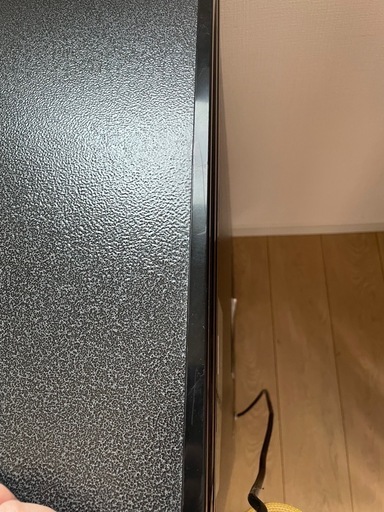
マイストア
変更
お店で受け取る
(送料無料)
配送する
納期目安:
02月13日頃のお届け予定です。
決済方法が、クレジット、代金引換の場合に限ります。その他の決済方法の場合はこちらをご確認ください。
※土・日・祝日の注文の場合や在庫状況によって、商品のお届けにお時間をいただく場合がございます。
BURTON スノーボード flyingV 152cm 23-24 エスカペイドの詳細情報
[日本正規品]
スノーボード
板
ボード
バートン
イェーセイヤー
フライング
ブイ
2024
BURTON
WOMENS
YEASAYER
FLYING
V
23-24
女性
レディース
ウーマンズ
ブランド:BURTON
72000円
形状
ダブルキャンバー
タイプ
ディレクショナルツイン
型番
W24JP-107081
ビンディング
BURTON
エスカペイド
EST
スノーボードバインディング
23-24
52000円
ご覧いただきありがとうございます。
種類ボード
反りダブルキャンバー
重心ディレクショナルツイン
柔軟性ミドル
スタイルオールラウンド
スノーボード
板
ボード
バートン
イェーセイヤー
フライング
ブイ
2024
BURTON
WOMENS
YEASAYER
FLYING
V
23-24
女性
レディース
ウーマンズ
ブランド:BURTON
72000円
形状
ダブルキャンバー
タイプ
ディレクショナルツイン
型番
W24JP-107081
ビンディング
BURTON
エスカペイド
EST
スノーボードバインディング
23-24
52000円
ご覧いただきありがとうございます。
種類ボード
反りダブルキャンバー
重心ディレクショナルツイン
柔軟性ミドル
スタイルオールラウンド
ベストセラーランキングです
近くの売り場の商品
カスタマーレビュー
オススメ度 4.3点
現在、929件のレビューが投稿されています。





















